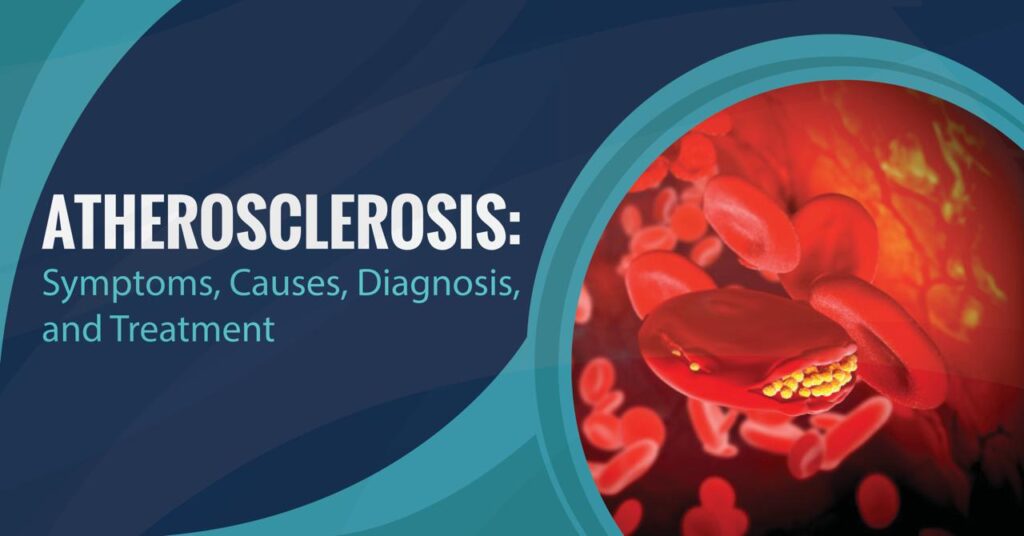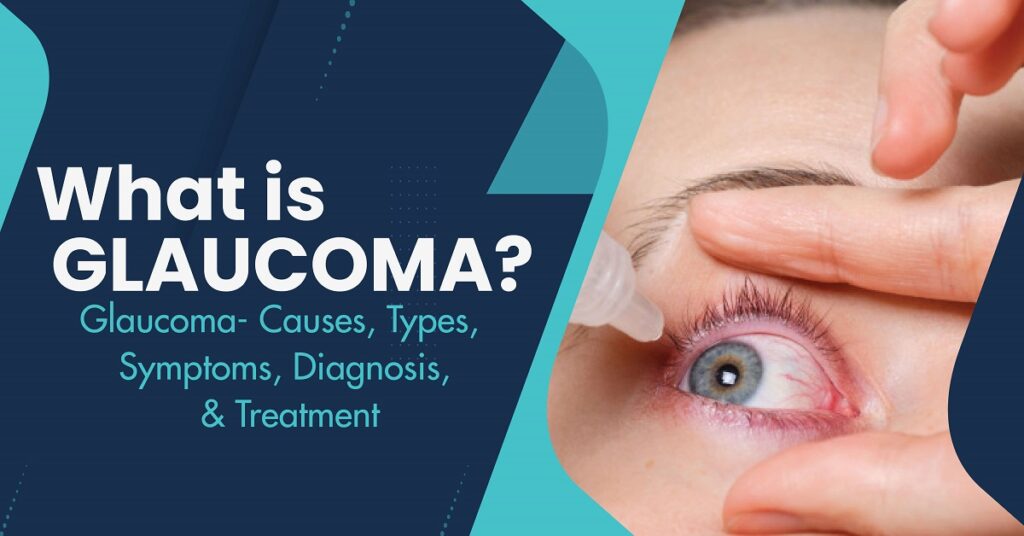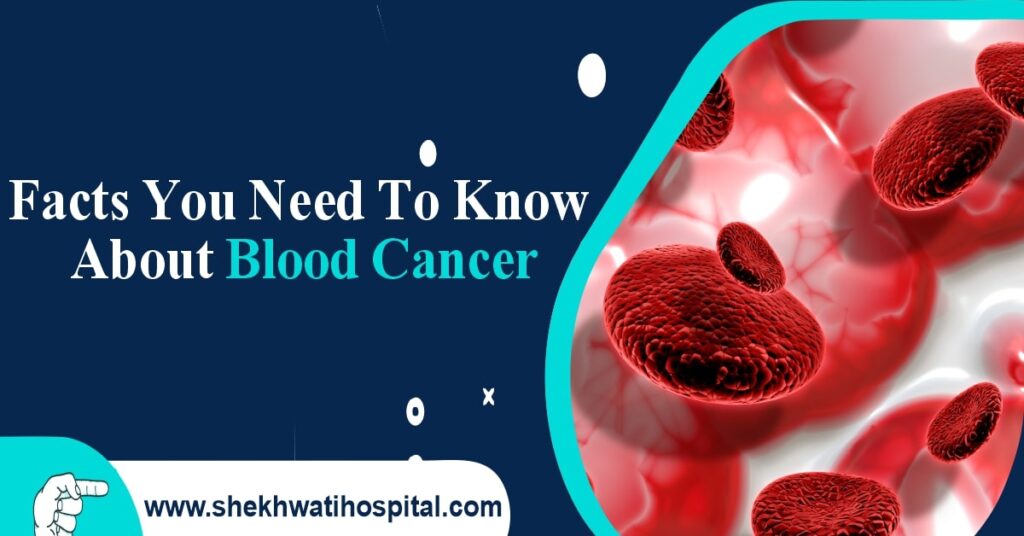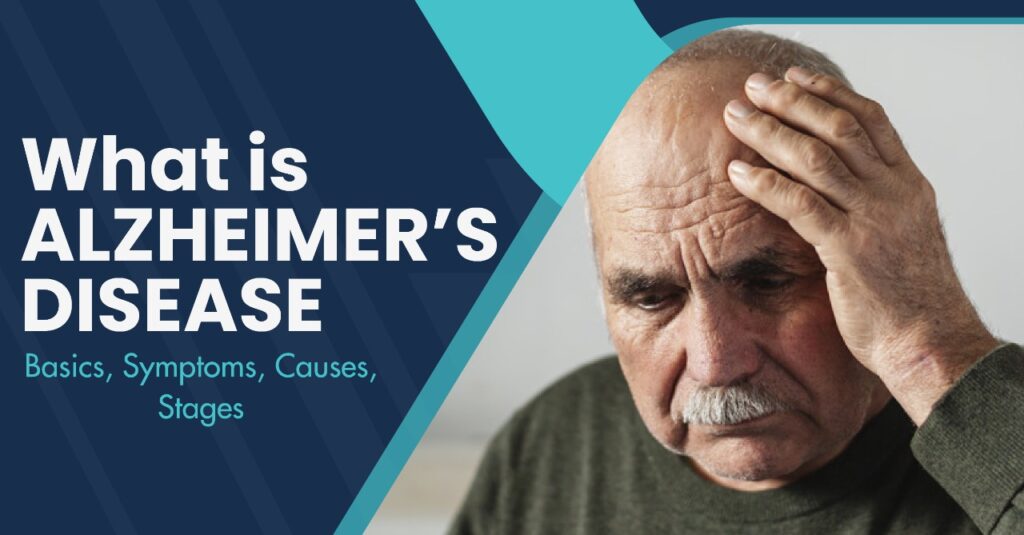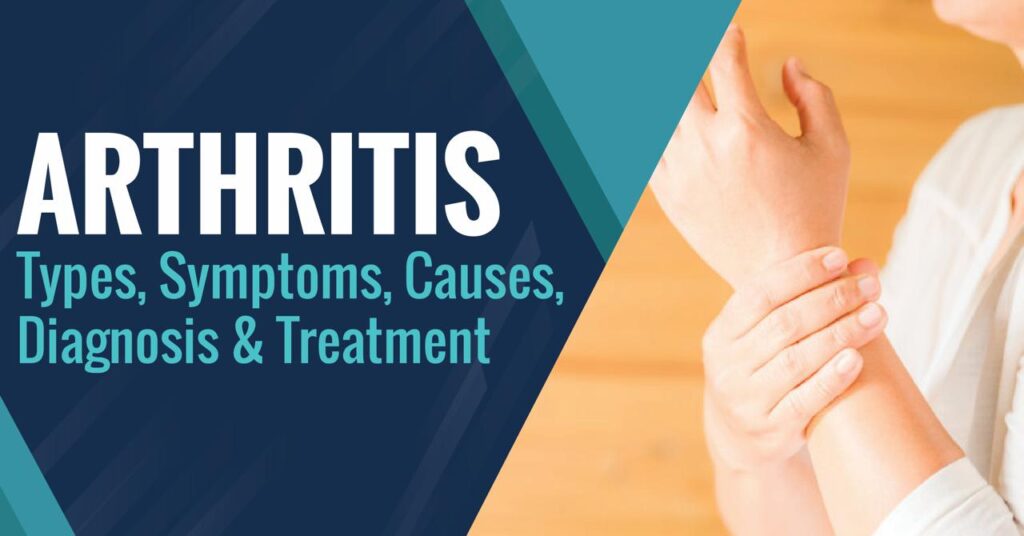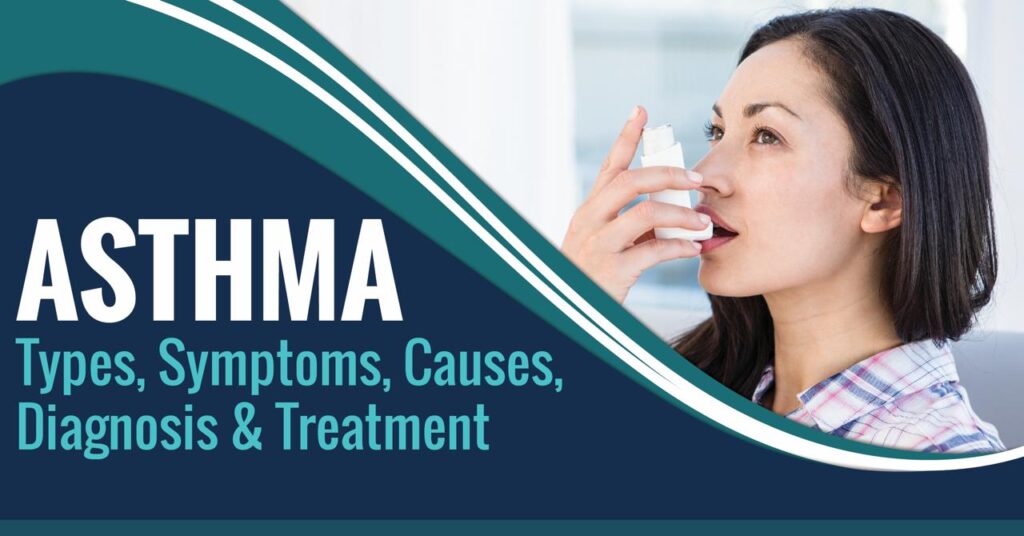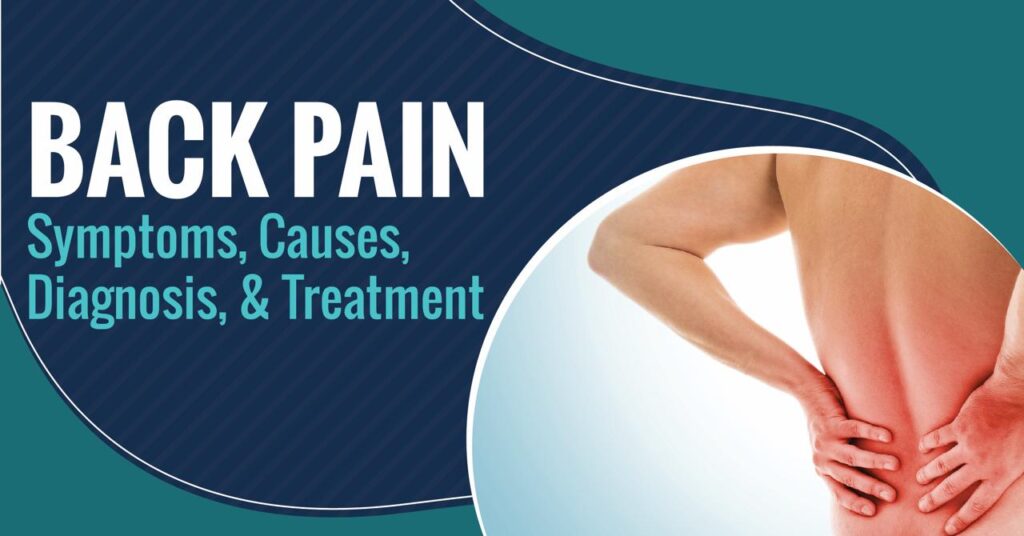Atherosclerosis is a common disease associated with aging. Why does this happen? This happens when arteries become hard and narrow because of the fat, cholesterol, and other substances build up in the wall of the arteries that block the blood flow into the body.
This all because of the buildup of plaque which consists of cholesterol, calcium, fat, and other substances, that can harden over time.
What Is Atherosclerosis?
Atherosclerosis is a narrowing, hardening, and loss of elasticity of the walls of arteries caused by a buildup of plaque. Arteries are the long and narrow blood vessels that spread all over the body that carry oxygen and nutrients from our heart and transfer them to the rest of our body.
As we grow old, fats, cholesterol, and calcium collect in our arteries and form plaque. The formation of plaque in arteries makes it difficult for the blood to flow through the arteries. This buildup may occur in any artery in our body, including our heart, legs, and kidneys.
It can lead to a shortage of blood and oxygen in various tissues of your body. Pieces of plaque in arteries may also break-offs sometimes, causing a blood clot. If left untreated, atherosclerosis can cause heart attack, stroke, or heart failure.
This is a common problem, mainly occurring with aging. This condition can be prevented and lots of successful treatment options exist.
Types of Atherosclerosis
Atherosclerosis is one of the most common and important patterns of arteriosclerosis because its consequence can be a harmful clot in the blood that may cause a heart attack or stroke or heart failure or disease of the peripheral blood vessels. There are mainly three types of Arteriosclerosis.
1. Atherosclerosis: Atherosclerosis is a type of Arteriosclerosis that typically doesn’t produce symptoms until the vessel’s luminal diameter has been decreased by 70 to 80 percent. Chest pain or Angina pectoris brought on by exertion, are often caused by this blockage of the lumen.
In this condition, a person’s arteries may still have enough space for blood to travel when the person is at rest, but, when he or she works hard, the regulation of blood will increase therefore the heart pumps more blood, and the blocked arteries are unable to accommodate the extra blood, resulting in poor oxygenation and chest pain.
2. Monckeberg medial calcific sclerosis: Monckeberg medial calcific sclerosis is the third type of arteriosclerosis and is known for the deposition of calcium in muscular arteries in people over age 50.
While these calcifications could also be seen with imaging technologies, like X-ray, or maybe palpable, they do not decrease the size and dimensions of the arterial lumen. This can not be considered a clinically significant disease and doesn’t generally cause events such as heart attacks.
3. Arteriolosclerosis: Arteriolosclerosis affects small arteries and arterioles which are very small arteries. It involves hardening of the walls of the vessel that narrows the lumen. It is almost like atherosclerosis within the larger vessels, the method of arteriolosclerosis can cause ischemia or insufficient blood flow to organs supplied by the blocked vessels.
Arteriolosclerosis is most frequently seen in those who have diabetes mellitus or high blood pressure, although it’s also a normal part of aging.
Symptoms of Atherosclerosis
Atherosclerosis is a common disease with aging, it usually affects older people, but not all people with old age need to have atherosclerosis. Also, it can start to develop in adolescence. They don’t show any symptoms until a bit of plaque ruptures, or the blood flow disrupts.
The symptoms of atherosclerosis depend upon the arteries that are affected.
Carotid arteries
The function of carotid arteries is to supply blood to the brain. Atherosclerosis can restrict blood supply which can lead to a stroke.
Symptoms include:
- Difficulty in breathing
- Weakness
- Major headache
- Facial numbness
- Sometimes paralysis also has been seen
Coronary arteries
The role of coronary arteries is to supply blood to the heart. When the function is disrupted, the heart fails to work that can cause angina and heart attack.
Symptoms include:
- Chest pain
- Feeling of vomiting
- Coughing
- Faintness
- Extreme anxiety
Renal arteries
The role of renal arteries is to supply blood to the kidneys. If the blood supply to the kidneys becomes limited, chronic kidney disease may develop.
A person which experiences chronic kidney disease may experience some symptoms are:
- Swellings in the hands and feet
- Loss of appetite
- Difficulty in concentration
Peripheral arteries
The function of peripheral arteries is to supply blood to the arms, legs, and pelvis. If the supply of blood is restricted then a person may have a risk of a stroke or heart attack.
Symptoms include:
- Facial numbness
- Pain in limbs
- Tissue death
- Gangrene may occur
If a person has any of these symptoms due to any of the arteries, they need immediate medical attention.
Causes of Atherosclerosis
Atherosclerosis is a slowly progressive disease that grows up in childhood or adolescence and shows symptoms in older age. The exact cause of the atherosclerosis is still not known. Atherosclerosis first damages the inner layer of an artery. The damage may be caused by various conditions that include:
- High blood pressure
- High triglycerides, it is a type of fat or lipid in your blood
- High cholesterol
- It May caused by smoking and tobacco
- Insulin resistance, obesity, or diabetes
- Inflammation is caused by diseases like arthritis, lupus, psoriasis, or inflammatory bowel disease.
When the wall of an artery is ruptured, the blood cells and other fluid substances may clump at the injury site and build up a hard inner lining of the artery.
Similarly, with time, fatty deposits which are called plaque made from cholesterol and other cellular products also build up at the wound and harden, narrowing your arteries. The organs and tissues connected to the blocked arteries now don’t receive enough blood to function properly.
You Can Read Also: GLAUCOMA- CAUSES, TYPES, SYMPTOMS, DIAGNOSIS, AND TREATMENT
At the same time, some pieces of the fatty deposits may break off and enter your bloodstream into the blood. Besides, the smooth lining of the plaque may be damaged, then the cholesterol and other substances directly go into your bloodstream.
This might cause a blood clot, which may block the arteries and the blood flow to a specific part of your body, and when the blood supply is not appropriate then the heart may cause a heart attack. That blood clot also may travel to other parts of your body, blocking flow to a different organ.
Risk Factors
Narrowing and hardening of the arteries occur over time. Besides aging, there are some other factors that will increase your risk of atherosclerosis include:
- High blood pressure
- High cholesterol
- Bodyweight
- High levels of CRP, a marker of inflammation
- Diabetes
- Obesity
- Sleep apnea
- Smoking and other tobacco use
- A family history of early heart condition
- Lack of exercise
- An unhealthy diet
Diagnosis of Atherosclerosis
Diagnosis of atherosclerosis includes some tests, firstly you need to perform a physical exam in which the doctor asks you a few questions related to your family history and your health. You need to see a doctor specialized in heart diseases (cardiologist).
Depend on your physical exam, the result may suggest one or more tests, including:
- Blood Tests: The doctor will advise on the blood tests to examine your blood sugar and cholesterol levels. High levels of blood sugar and cholesterol raise your risk of atherosclerosis. A CRP test (c-reactive protein test) also could be done to check for a protein linked to inflammation of the arteries.
- ECG (Electrocardiogram) or EKG: This is used to record the electrical signals in your heart.
- Echocardiogram: Sound waves can be used to record the movement of blood flow when the heartbeat, also through the arteries.
- Exercise Stress Test: If signs and symptoms occur most often during exercise, then the doctor may recommend an exercise stress test. In the test, you have to walk on a treadmill or ride a stationary bike while you’re connected to an ECG. Because exercise makes your heart pump harder and faster than it does during most daily activities, an exercise check can reveal problems within your heart that might rather be missed. If you’re unable to exercise, you’ll be given a medication that mimics the effect of exercise on your heart.
- Doppler ultrasound: In this test, a special ultrasound device (Doppler ultrasound) is used to measure the blood pressure at various points along your arm or leg. These measurements can help to determine the degree of any blockages, as well as the speed of blood flow in your arteries.
- Ankle-brachial index (ABI): In an ABI test, a doctor compares the blood pressure in an ankle with the blood pressure in an arm. An abnormal difference could also be a sign of peripheral vascular disease, which is usually caused by atherosclerosis. This test can tell if a person has atherosclerosis in the arteries in the legs and feet.
- Cardiac catheterization and angiogram: In this procedure, a doctor inserts a thin, flexible tube which is called a catheter into a blood vessel and to your heart. The dye flows through the catheter. Because the dye fills your arteries, the arteries will appear on X-ray, revealing areas of blockage. The test can show only if your coronary arteries are narrowed or blocked.
- Coronary calcium scan: It is basically a heart scan, this uses a CT scan (computerized tomography) to create a detailed structure of a heart. This test can show calcium deposits in the artery walls. The result will be given a score and the higher the score the higher will be the chance of heart disease.
- Other imaging tests: There are various other imaging tests for the diagnosis of arteriosclerosis such as magnetic resonance angiography (MRA) or positron emission tomography (PET) to study your arteries.
Prevention for Atherosclerosis
The prevention for atherosclerosis are:
Quit Smoking: Smoking is injurious to health, everyone must have heard this. But it’s true quitting smoke is the first step you can take to reduce the risk of atherosclerosis and other heart disease risk factors. Smoking is the direct cause of illness and death. Cigarette smoke contains numerous toxic chemicals that enter your bloodstream and harm your body.
These chemicals can raise the risk of atherosclerosis in different ways that include:
- Blood coagulation
- Inflammation in arteries
Eats Healthily: A healthy diet is a part of your healthy life. It is also a risk factor of atherosclerosis, and heart disease generally. A healthy diet includes vitamins, protein, iron, calcium that you get from fruits, vegetables, lean meats, whole grains, fish, and poultry, low-fat dairy products, nuts, seeds, and legumes (dried beans and peas).
You Can Read Also: WHAT IS ALZHEIMER’S DISEASE: BASICS, SYMPTOMS, CAUSES, CURE, STAGES
This healthy food contains:
- Vegetables: Vegetables are a good choice as they contain high amounts of iron, protein, etc. Green vegetables are rich in iron and calcium and are included in almost all diets.
- Fruits: Fruits contain a high amount of water which is very essential for our body. Avoid fruits that contain sugar or frozen ones with sugar added to it.
- Grains: Whole grains are high fiber protein food that includes:
- Whole-grain bread and wraps
- High-fiber cereals
- Whole-grain pasta
- Oatmeal
- Brown rice
- Barley
- Quinoa
- Dairy products: Dairy products are rich in vitamins, minerals, calcium, proteins, etc. It includes low-fat milk, cheese, yogurt, etc.
- Oils and fats: Fats are important to include in a healthy diet. Healthy fats sources are:
- Nuts and nut butter
- Seeds (sunflower, pumpkin, flax, sesame)
- Avocados
- Olive, canola, sesame, sunflower, corn, and soybean oils
- Exercise daily: Exercise is also as important as taking a healthy meal. Exercise is good for your heart, body. Physical activity can help your muscles to stretch and use oxygen more effectively, and also improves blood circulation by promoting new blood vessel growth. It can also lower high blood pressure that is a key risk factor for atherosclerosis. 30 minutes of exercise is enough for all-day to stay active.
Aerobic is a good choice in physical exercise that raises your heart and breathing rate. Exercise includes:
- Walking
- Running or jogging
- Cycling
- Swimming
- Cross-country skiing
- Jumba
- Keep Track of Your Numbers: While you can not control it but you can regularly take body measurements to correspond to the risk for atherosclerosis and heart disease such as:
- Blood pressure
- Blood cholesterol level
- Bodyweight
- Blood sugar level
Treatment for Atherosclerosis (Medication and Complications)
Complications of atherosclerosis include:
- Chronic kidney disease
- Coronary or carotid heart disease
- Heart attack
- Heart failure
- Peripheral artery disease
- Stroke
- Aneurysms
- Angina
- Unusual heart rhythms
Treatments for atherosclerosis include:
- Medications: Medications can slow down the effect of arteriosclerosis because it includes drugs for high cholesterol and high blood pressure. They could also decrease the risk of heart disease.
- Lifestyle Changes: You can slow down arteriosclerosis by taking proper care and following the risk factors effectively. Lifestyle changes include: proper healthy diet, exercise daily, no smoking, etc. They cannot help to remove the blockage but can help to lower the risk. Other techniques that is used for the people who having major symptoms include:
- Angiography and stenting: In this method, a doctor puts a thin tube into an artery in your leg or in your arm to get to diseased arteries. Blockages will be visible on a live X-ray screen. Angioplasty and stenting can often open a blocked artery by this method. Stenting helps to ease symptoms, but it doesn’t prevent heart attacks and strokes.
- Bypass surgery: In this technique, the doctor takes a healthy blood vessel from your leg or chest, and uses the vessel to go around the blocked section.
- Endarterectomy: Endarterectomy is a technique in which a doctor goes into the arteries to remove plaque and restore the flow of blood in the arteries.
- Fibrinolytic therapy: In this method, a doctor puts a drug that dissolves a blood clot that’s blocking your artery.


